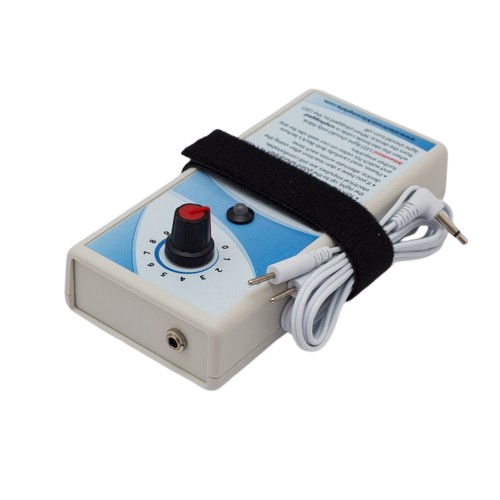Electrotherapy
Electrotherapy: Electrotherapy is a broad term that encompasses various treatment methods that utilize electrical energy for therapeutic purposes. It involves the application of electrical currents or impulses to the body to promote healing, alleviate pain, improve muscle function, and stimulate physiological responses.
There are different types of electrotherapy techniques used in healthcare:
- Electrical Muscle Stimulation (EMS): EMS involves the use of electrical currents to stimulate muscle contractions. It is commonly used in rehabilitation settings to prevent muscle atrophy, increase muscle strength, and improve circulation. EMS can be beneficial for individuals with muscle weakness, injuries, or conditions that affect muscle function.
- Interferential Current Therapy (IFT): IFT utilizes medium-frequency electrical currents to target deep tissues. It is often used for pain relief, reducing inflammation, and promoting tissue healing. IFT is particularly effective for musculoskeletal conditions, such as arthritis, sprains, strains, and back pain.
- Transcutaneous Electrical Nerve Stimulation (TENS): TENS, mentioned earlier as the fifth point, is a specific type of electrotherapy that focuses on pain relief. It involves the use of low-voltage electrical currents delivered through electrodes placed on the skin near the site of pain. TENS can help to block pain signals, stimulate endorphin release, and provide temporary pain relief for various conditions.
- Galvanic Stimulation: Galvanic stimulation applies direct current (DC) to the body. It can be used to reduce pain, decrease muscle spasms, and promote tissue healing. Galvanic stimulation is commonly utilized in physical therapy for conditions like chronic pain, edema, and certain types of nerve injuries.
Electrotherapy treatments are typically administered by trained healthcare professionals, such as physical therapists, occupational therapists, or chiropractors. The specific parameters, such as current intensity, frequency, and duration, are tailored to the individual’s condition and response to treatment.
It’s important to note that electrotherapy should be administered under professional supervision to ensure safety and effectiveness. The suitability of electrotherapy for an individual’s specific condition should be determined by a healthcare provider after a thorough assessment.
Please keep in mind that the information provided here is for informational purposes only and should not replace professional medical advice. Consult with a qualified healthcare professional to discuss your specific condition and determine the appropriate treatment options.
